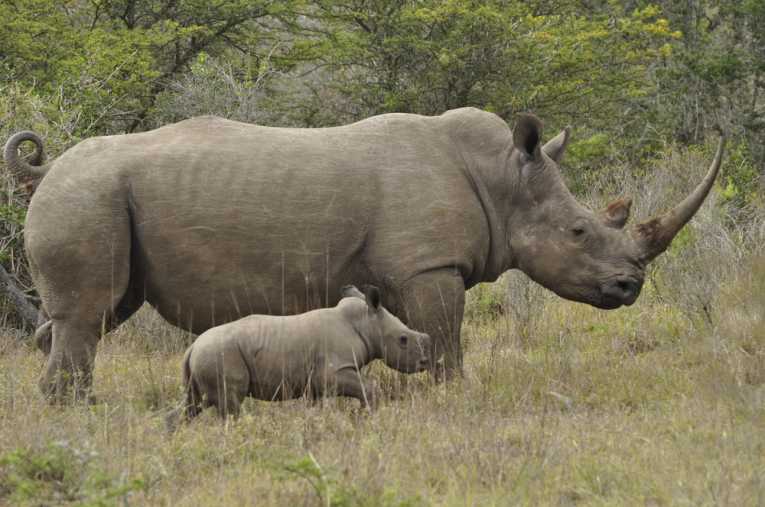Despite events such as World Rhino Day, designed to raise awareness of the plight of rhinos around the world, the trade in rhino horns has not decreased.
Many endangered animals are poached for body parts to be used as ingredients in traditional forms of medicine. There is a myth that rhino horn can be used to cure cancer leading to a large demand in Asian markets. This was the reason behind the terrible news last week that the Javan rhino had become extinct in Vietnam.
In South African National Parks there is considerable work being done to protect the rhino populations but with prices of rhino horn reaching as much as £35,000 per kilo, the authorities have a difficult battle to fight.
Recent figures released by the parks show that the situation is not improving. In the first ten months of 2011, 341 rhinos were killed by poachers while the total for all of 2010 was 333. This trend is obviously going in the wrong direction even though arrests have risen too. In 2010 the South African authorities arrested 165 poachers and 186 have already been arrested in 2011.
South Africa is an important target for criminal gangs trading in illegal ivory. It is home to the majority of the world's rhinos with close to 19,000 white rhinos and almost 2,000 of the endangered black rhinos. The ivory is smuggled to Asian countries such as Vietnam to meet the demand that has already decimated the native populations of Asian rhinos.
The coordinator for WWF's African rhino programme has commented, "In order to save rhinos from extinction, the criminal syndicates operating between South Africa and Vietnam must be uncovered and shut down for good."
The WWF have also warned that South African protection efforts involve organised and armed enforcement teams. Other countries with rhino populations need to prepare themselves for the possible eventuality that, if South Africa becomes too risky for the poachers, they might move their sights to another, easier target.
To end on a happier note, the number of white rhinos has increased world-wide from under 100 in 1900 to about 20,000 in 2011. The work of conservationists and the South African National Parks should be proud of this achievement.










